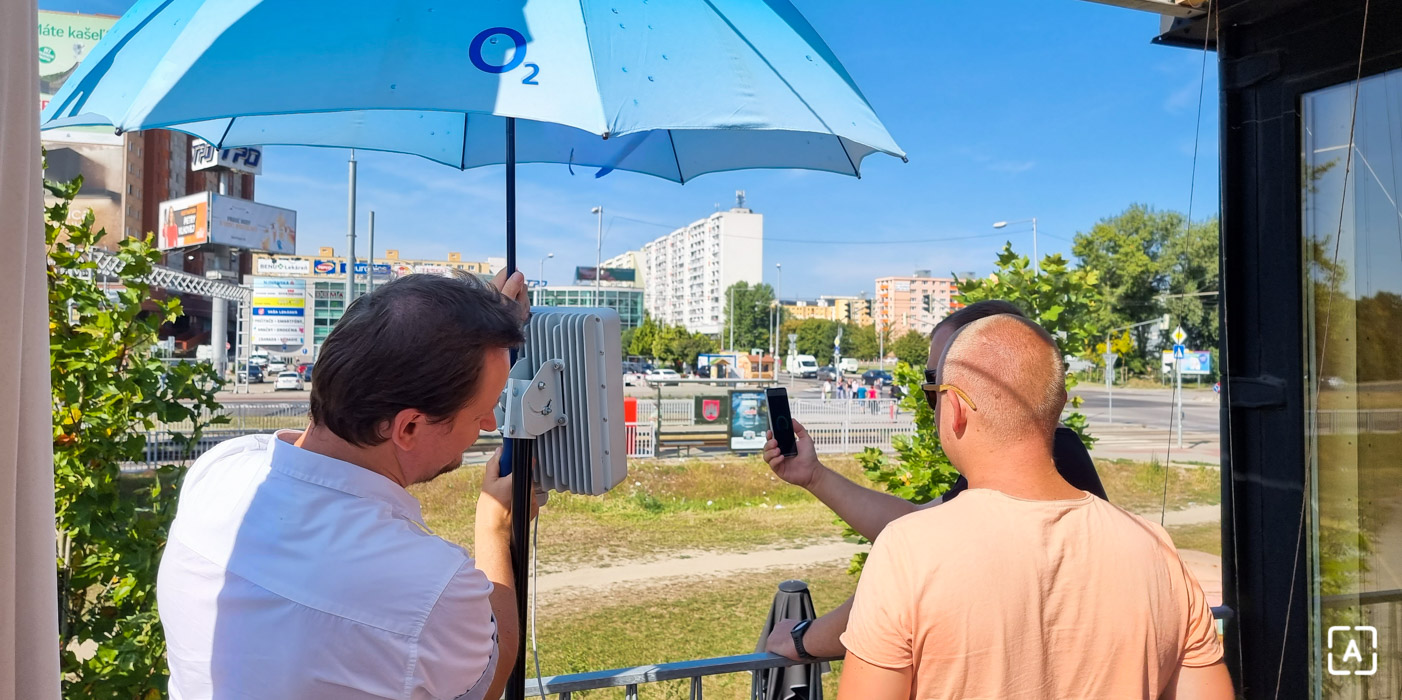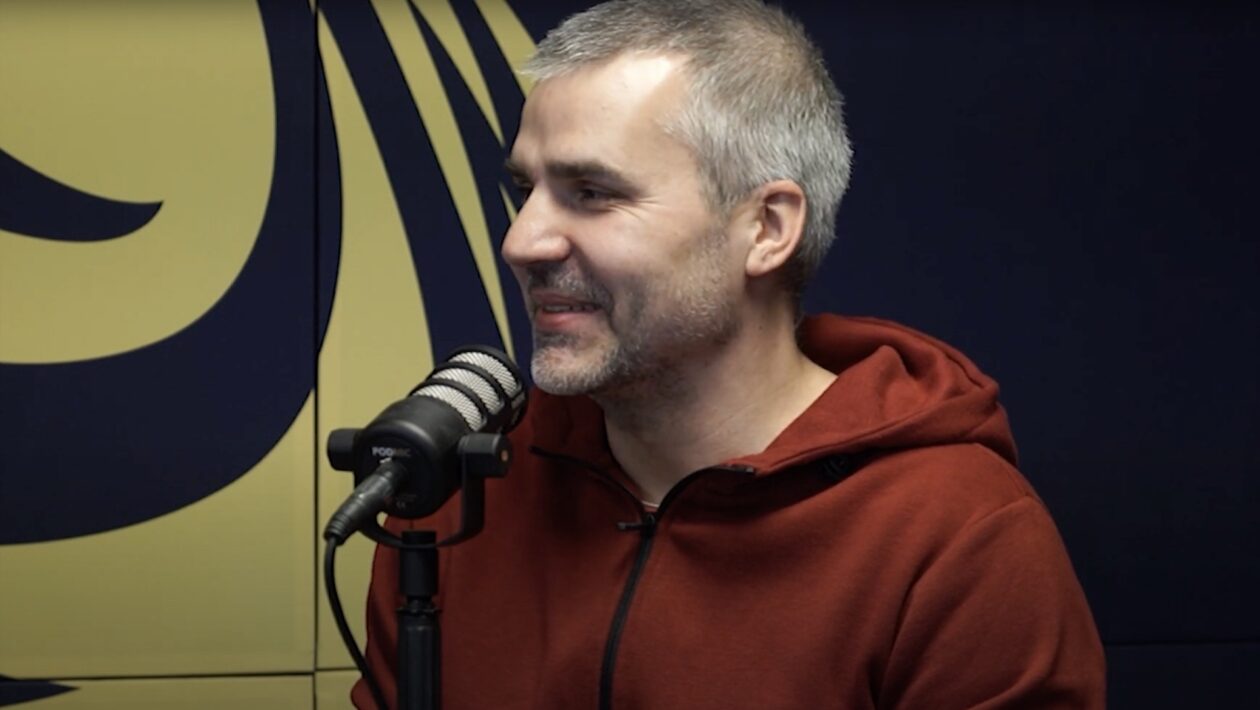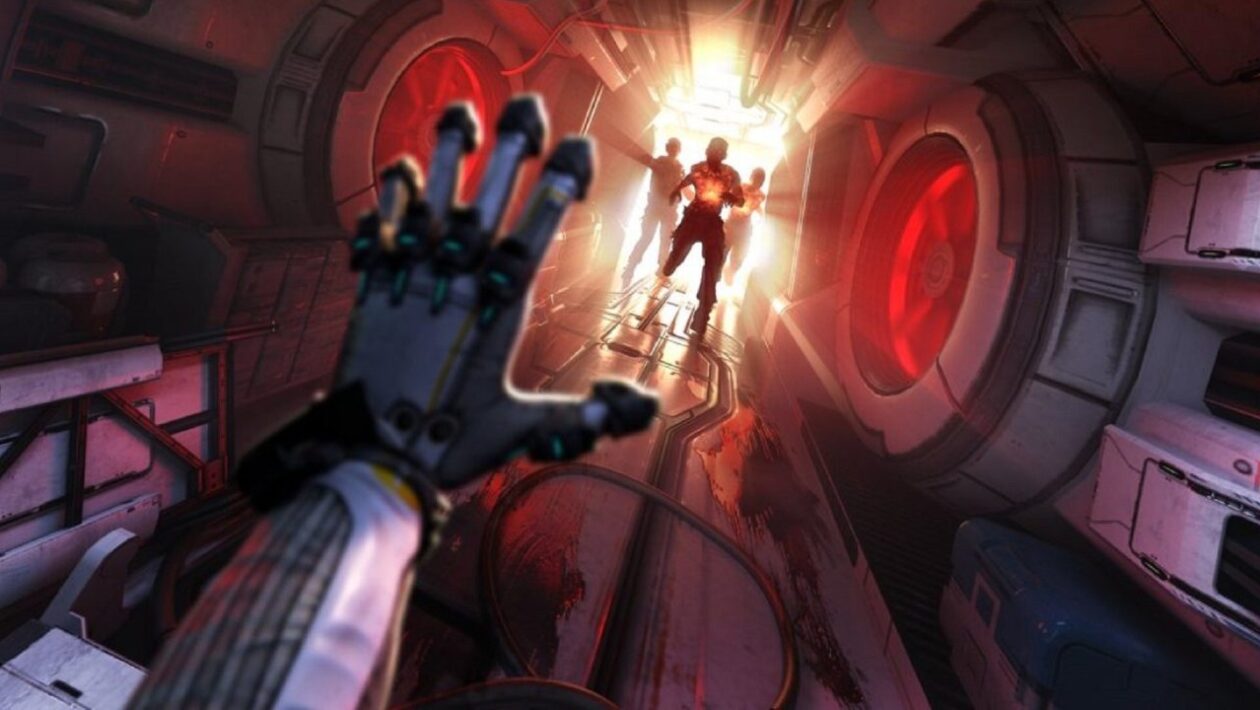The future of 5G is in mmWave technology. We tested it together with O2
The Slovak mobile operator O2 is serious about building a 5G network. We have recently reported on the expanding coverage that is also reaching beyond the gates of the capital. Eastern Slovakia is also in the coverage plans, and by the end of this year, the operator wants to cover 20% of Slovakia’s population. You can find more detailed information in the article O2 expands the 5G network and brings twice the data in Smart packages.
An important area in which the 5G network is to play an important role is the Internet at home service. New technologies will ensure that customers surf faster, without having to dig cables, because everything works wirelessly. With 5G technology, it will be possible to attack the speeds that optics now achieve.
mmWave offers higher speeds
We had the chance to exclusively try mmWave technology, which works at higher frequencies than those we have been used to so far. Operators are building their 5G networks, but are still using lower frequencies that will not allow them to reach the maximum possible transmission speeds. Only with the advent of mmWave do real 5G networks come at high speeds.
Our first test with a mobile phone showed a maximum transfer rate approaching 900 Mbps. It was a test of the current commercially available network from O2 in Petržalka, which is launched and customers connect to it daily.
2 Gb / s download without problems
However, we also tested speeds using mmWave technology. At a distance of about 600 meters from the transmitter, we reached about 2 Gb / s. The theoretical maximum speed is up to 3.5 Gb / s, but the maximum allowed limit that we could reach is 2 Gb / s.
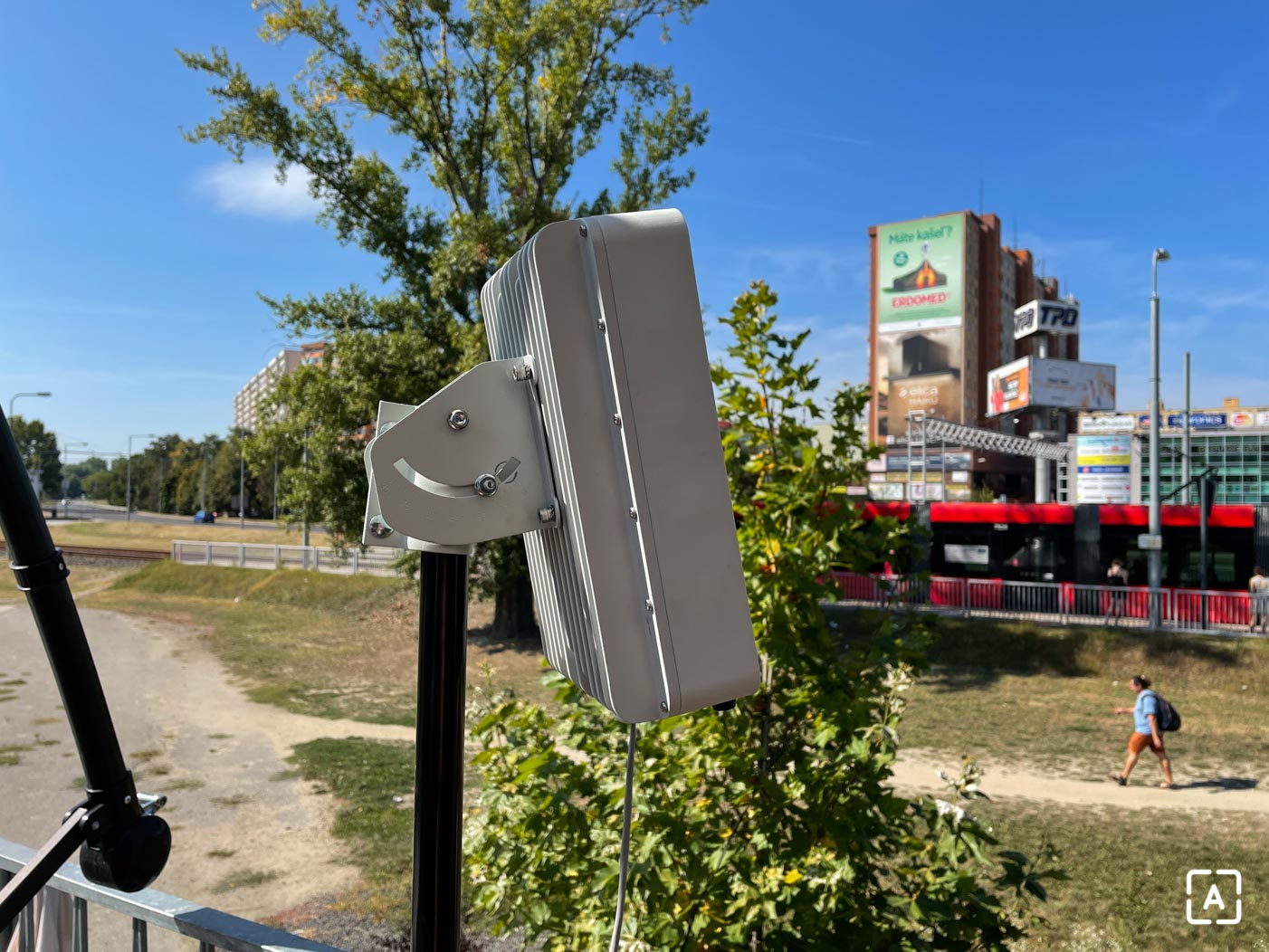
For full functionality, the technology requires that the device that receives the signal has unobstructed visibility to the transmitter. In Slovakia, this solution in combination with smartphones would not be very worthwhile, as we do not have such densely populated areas in our country. It works in the USA, for example, a great example is Manhattan, where it already makes sense. In our country, this can be justified at various mass events. Their participants will thus get a more stable connection with higher speeds.
The future of fast home internet? They are not cables
The advantage is right on the home internet. All you need for its operation is an antenna, which is very similar to the one that Internet customers already have at home from O2. In this way, for example, various more remote areas or parts of municipalities could be covered, to which the fiber optic cable is not economically worthwhile to dig.
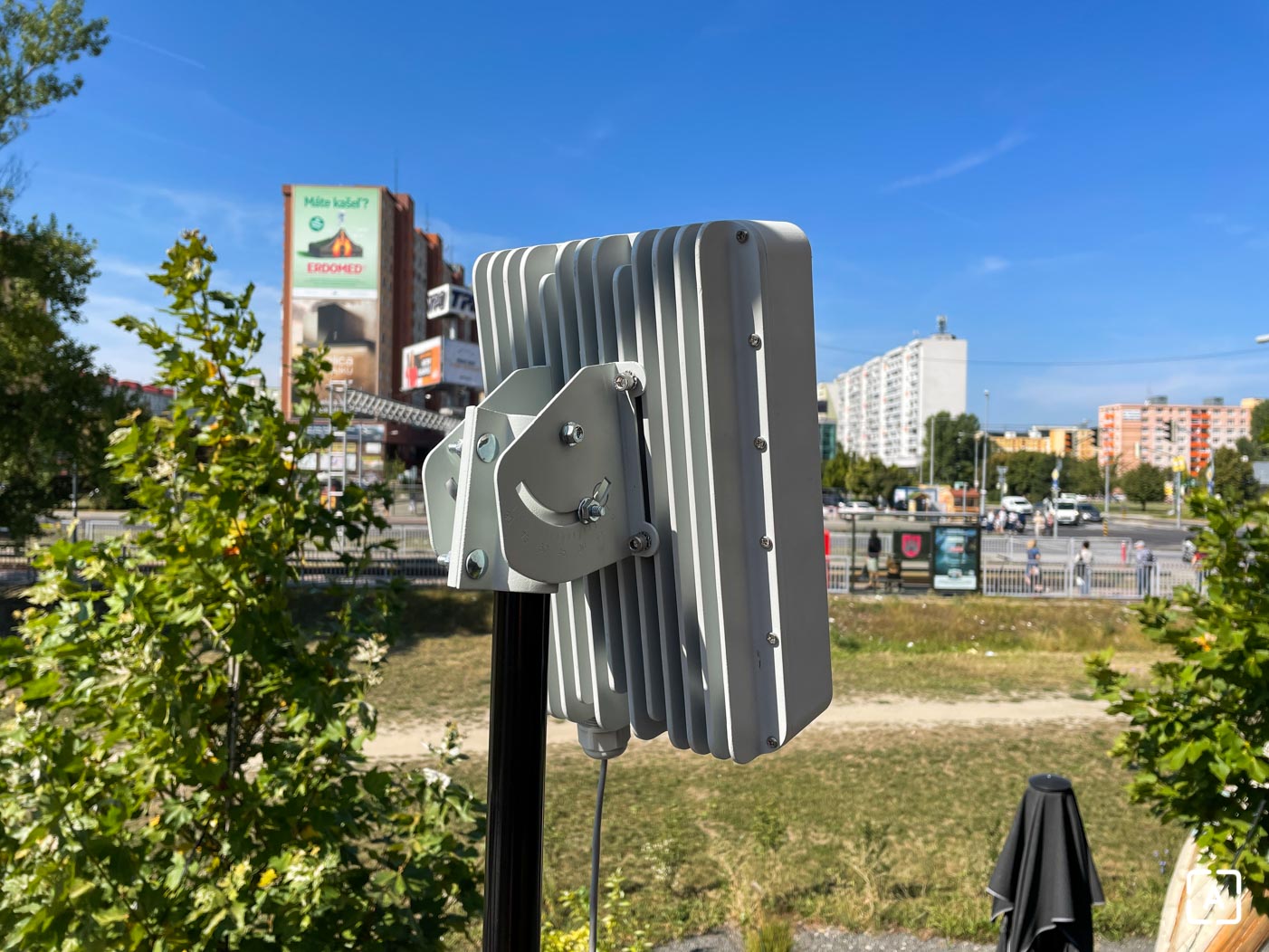
It works very simply. The antenna is fixed in a place from which it has an unobstructed view of the transmitter. One network cable comes out of it, which the customer connects either to the Wi-Fi router at home or directly to his computer. In this way, it can use the maximum possible baud rate.
By operating at higher frequencies, this technology is able to cover multiple households simultaneously at higher speeds.
